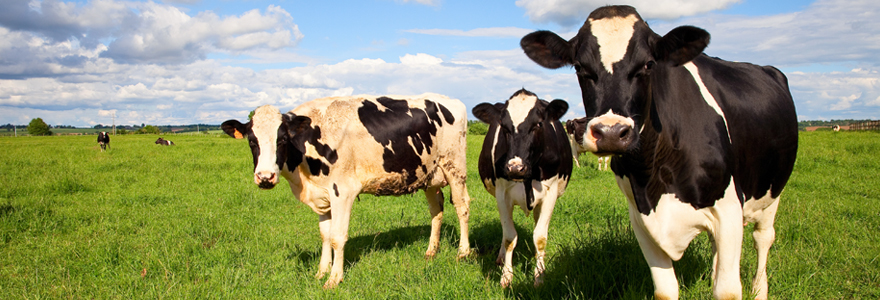Composition of the Feeds
Ruminant animals have stomachs designed to eat forages and get all their nutritional needs from such foods. However, it is good that they are supplemented with concentrates such as barley, whole corn and oats along with minerals that might be deficient in their daily forage intake. Therefore, when buying food online, you should ensure that your livestock is not only getting what is available on the forage but trace elements and concentrates to supplement their daily feeds. Different elements are included in the feeds at varying percentages, depending on the manufacturer. For example, the organic components of the feeds (crude fibre, ether extract, crude protein, and neutral detergent fibre) can vary with up to 15%, while mineral constituents can vary as much as 20%. However, the ideal feed should contain organic matter, minerals, energy value and vitamins.
As for the cattle minerals, the feeds should have vital minerals such as potassium, calcium and phosphorus. Sulphur and zinc are also important additions to add non-protein nitrogen to the feeds. On the other hand, cattle and sheep require vitamin A for their bodies. Unfortunately, the maturity of the feeds at the time of the harvest, along with the duration of storage, may affect the amount of vitamin A in the food. Therefore, you should supplement the Vitamins from other sources. Besides, you may need to increase additional mineral intake from sources such as salt to enhance cattle breeding.
Quality of the Feeds
Just like human food, ruminant feed should be processed in hygienic conditions to prevent bacteria and fungi from gaining entry. The sourcing process for ingredients should also be transparent and traceable so that the manufacturer can maintain the quality of feeds. Animal keepers should also check the quality of the packaging and review the aflatoxin levels in the feeds to ensure they are giving the right feeds to their animals. It is good to read reviews from other customers in a bid to ascertain the quality of the feeds. Most farmers like to buy large quantities of feeds to take advantage of discounts and economies of scale. While this is good, it is essential that all feeds are kept in cool, dry places and not on cold floors to discourage the growth of bacteria fungi and other pathogens that may lead to the degradation of the feeds.
Pricing
If you are doing agribusiness, you know how important it is to keep your costs low so that you are profitable. Feed prices vary widely, depending on the composition and the brands that you are looking at. However, you should compare prices for the brands, which have met the qualities discussed above. This helps you avoid the low price baits that may lead you to buy low quality feeds in the name of cutting costs. If you are buying feeds in high quantities, look for such offers as quantity discounts and free shipping from the online vendors to lower your costs.
